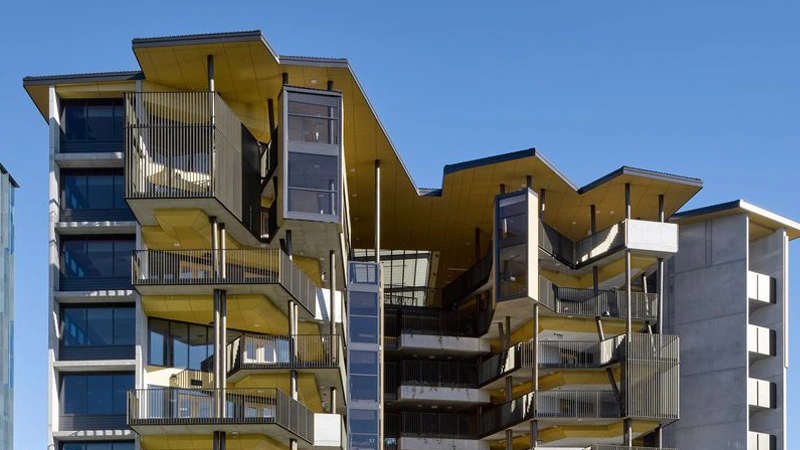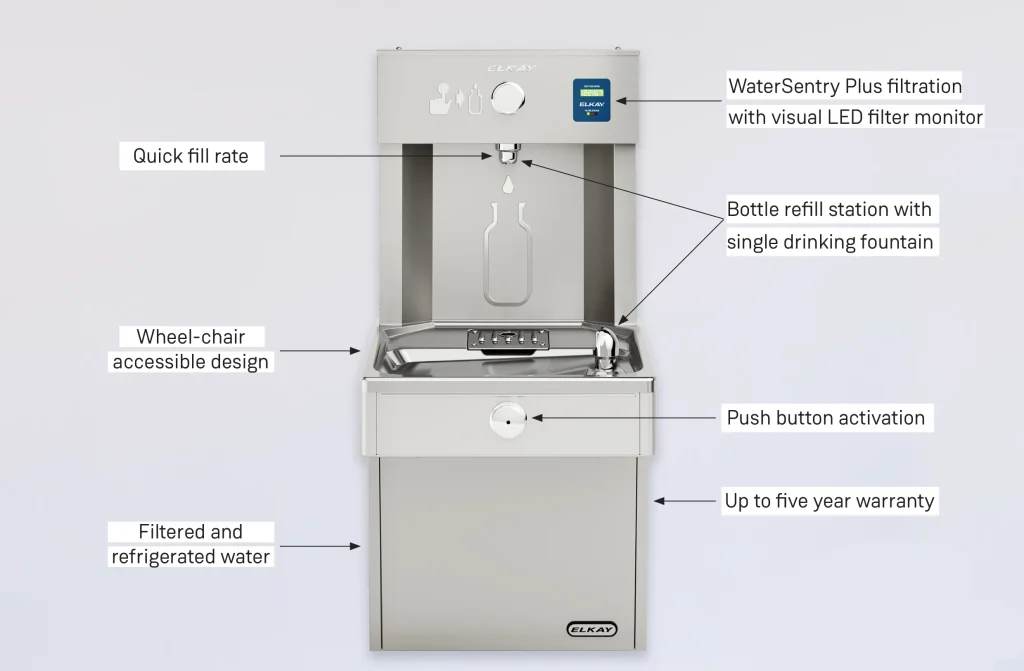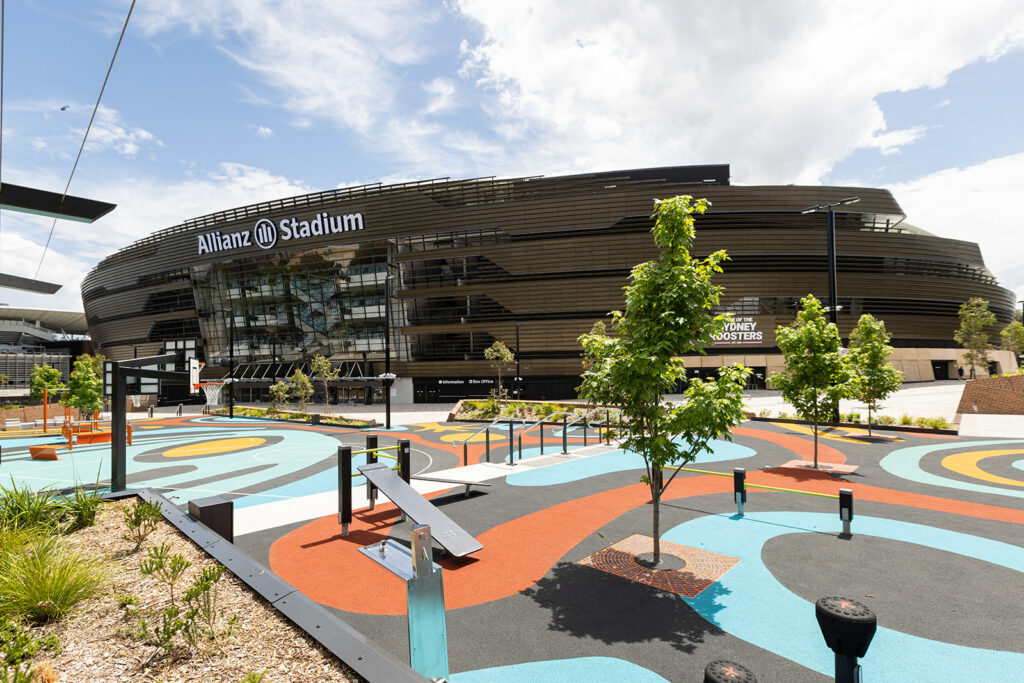
Vertical schools, while familiar in other parts of the world, are still reasonably novel in Australia, particularly in the government school system. Increasingly, though, the typology is becoming relevant as more families opt to live in inner-city areas because of their proximity to work and lifestyle amenities. In Brisbane, as the dominance of high-value knowledge-intensive services further transforms the urban economy, significant urban renewal is driving greater residential density. In response, the Queensland state government has resourced the creation of two new vertical inner-city schools, one in Fortitude Valley in the inner north and the other in Dutton Park in the inner south.
The first of these two projects to get underway, Fortitude Valley State Secondary College, is also the first school to be built in Brisbane’s inner-city in more than 50 years. It opened its doors to a foundation cohort of 150 junior students in January 2020 and by 2025 the college population is expected to grow to 1,500 students. The college is located on the grounds of the former Fortitude Valley State School, which was closed in 2013 along with several others across the state as part of a Liberal government scheme to sell off public assets. Until its closure, it was the longest surviving state primary school in operation in Brisbane, with original buildings designed by Benjamin Backhouse and Richard Suter in 1867 and 1874. Although the school had subsequently moved (in 1950, into a three-storey building on the site of the new college), the nineteenth-century buildings – now heritage-protected – are extant on the adjacent site and remain a significant influence on the area’s scale and streetscape.
The new college has been designed by Cox Architecture and documented by Thomson Adsett. The design process, which involved a diverse group of participants from government, school leadership, QUT, and the design team, generated a reference design that considered the physical constraints and opportunities of the urban campus, its broader precinct, and approaches for maximizing the educational possibilities of the urban setting through community engagement and partnerships, student wellbeing and anticipative curriculum and pedagogy.
The creation of any new learning environment is an opportunity for transformation: for change in teachers’ and students’ behaviour and for the establishment of new norms. The articulation and expression of the environment at its intersection with the design of curriculum and learning activities can make or break the complex aspirations of a school community, especially one that aims at meaningful transformation. In support of an optimistic and anticipative vision for their community of young learners, FVSSC teachers are implementing a novel and thoroughly integrated curriculum that engages the full range of learning opportunities surrounding the school.
Elkay was the preferred drinking water station of the school with close to 20 drinking water stations installed around the campus. The EZH2O Vandal-Resistant is the perfect choice for a campus like the Fortitude Valley State Secondary College because it is a chilled and filtered unit which means that staff and students have access to clean and refreshing drinking water wherever they go. The drinking water station also features a bottle counter so students can track the positive impact they’re making on the environment by saving single-use plastic bottles from landfills.


